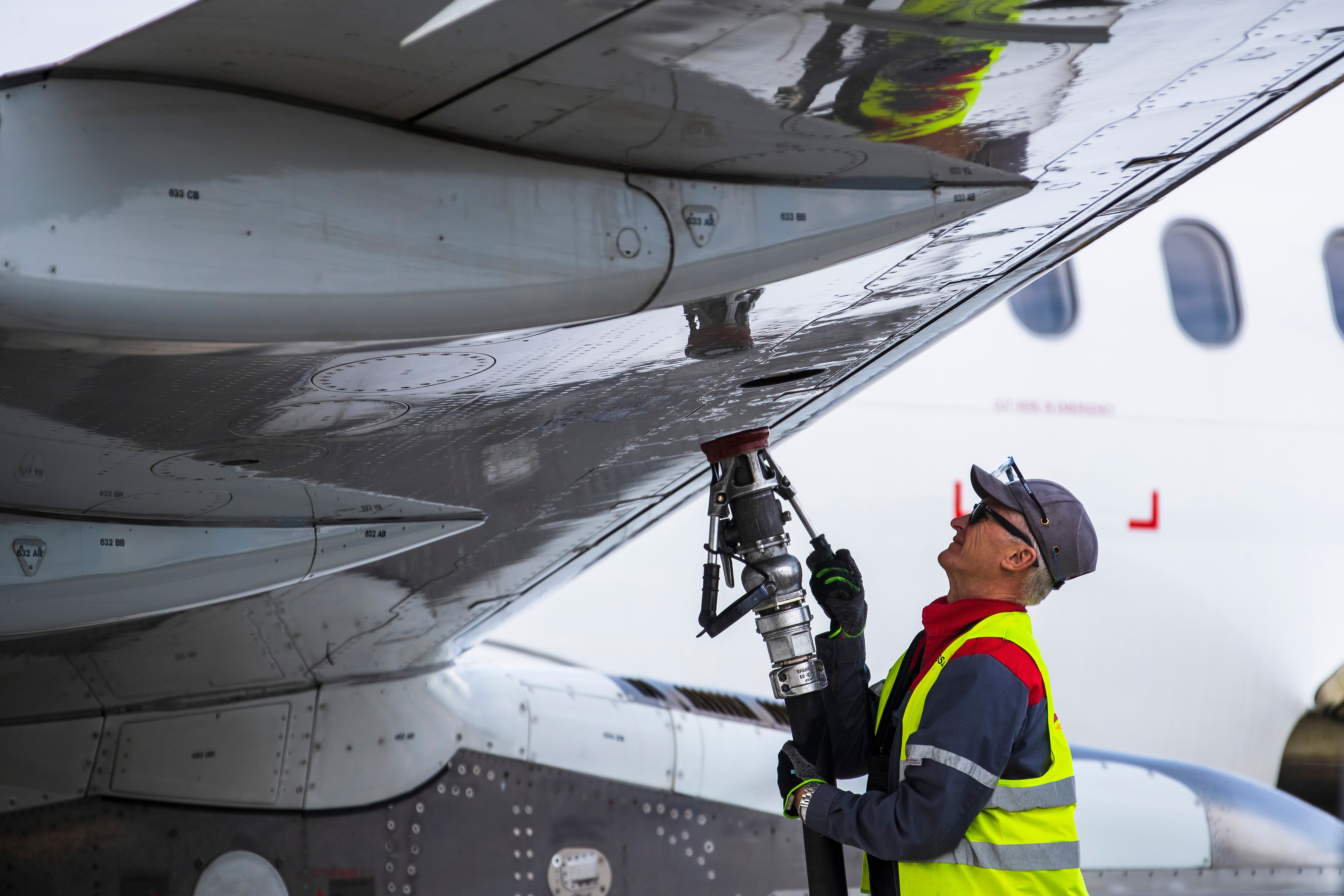lenaitch
Senior Member
No, I'm advocating that either the province pick up the other third, or at least the feds and provinces get together on some manner of 'national urban rail transportation policy framework' or something, rather than cities going cap-in-hand every time their consultants present them with a good idea. Even not counting the feds, the idea that Metrolinx owns urban transit within the city of Toronto strikes me as quite bizarre.Generally the cost of the projects get split in thirds. So, take 1/3 of all transit projects in the GTA and get rid of them. Is that what you are advocating for?
The Cape Breton Regional Transportation study is a case in point. They want the feds to pay for a study to come up with a plan on how the feds can pay for urban rail.
Paul is quite correct that the feds love doing this. The PM and local members get to do photo ops with a shovel or big pair of scissors and they get to claim the glory. I'm just not sure it's the best way to plan and fund things. I'm not expecting anything to change - it's more of a rant.
Many large airports (like the GTAA) are operated by non-for profit corporations; although the federal government is the landlord. A not-for-profit corporation is not a government entity. Others are operated by their host municipalities. The major airports in the three territories are both owned and operated by their respective governments.In general, the airports are owned by arms length government entities.






